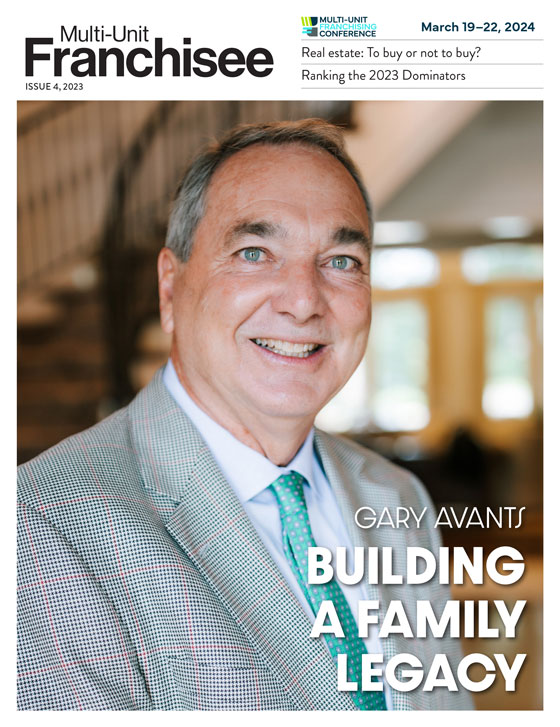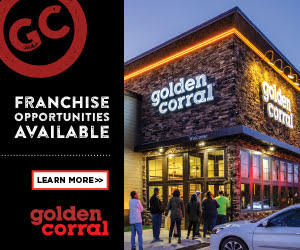Life in a New Normal: Navigating our way into an uncertain future

“There is no such thing as a normal period of history. Normality is a fiction of economic textbooks.” —Joan Robinson
Ever since the pandemic began, pundits have been trying to predict the glide path for returning to normal, with “normal” implicitly defined by the way things were in the before times. The problem is the way of life we knew—socially, culturally, economically—has irrevocably changed. It’s impossible to go through a major collective event, such as the pandemic, without having alterations to the way we view…
For investors and business owners, this has made the intervening years exceedingly treacherous to navigate. The rules seemed to have changed overnight about how consumers purchase, how (and where) employees want to work, and how suppliers want to do business. Millions of decisions, large and small, had to be renegotiated not just once, but many times.
As we approach another year-end, it might be helpful to highlight some of the ways things have changed and how a “new normal” might evolve.
Central banks as data-dependent
While central bankers in specific (and economists in general) are fond of using a variety of statistical models to inform their decision-making, many of these tools seem less relevant today. The jobs market bounced back more quickly and with vastly more strength than models predicted; supply chain issues went parabolically up and then quickly down; the real estate market is entirely upended with office vacancies in double digits even as retail vacancy is in the low single digits; and the housing market stayed strong, despite mortgage rates more than 2–2.5x higher than 18 months ago.
The unreliability of historic models has forced central bankers to focus more intently on parsing the composition of each data point to help inform policy. This is unlikely to change until there are enough years of data to inform new models.
Inflationary adjustments
Inflation’s “neutral rate” is most likely well above the 0% we’ve anchored to over the past 10 to 15 years. For most of that period, the Fed struggled to get inflation to its 2% target. Now a 2% to perhaps 2.5% rate is likely to be a core rate with inflation stacked on top, bringing the nominal rate closer to 4%-plus. As we’ve written before, a bit of inflation in the system is arguably healthier than no inflation as it facilitates pricing power, wage gains, and a well-functioning business environment.
Real estate
Commercial and residential real estate is going through a remake, and it’s a bit early to tell exactly what will emerge. It pays to be vigilant and not overly bearish. Demand for living space (single- or multi-family) coupled with a dearth of supply since 2008–09 is apt to keep housing numbers strong once purchasers rejigger their affordability assumptions. Commercial real estate is already in the process of being “rehomed” and reformed.
The jury is still out on RTO’s long-term impact. The first recession is likely to jump-start management desires to get more seats back in seats, but it is early for that swing. Meanwhile, plans are already being drawn to reshape the composition of spaces that can accommodate new uses. Certain areas of most downtowns—those that artfully combine specialty shops, restaurants, working, and living spaces—are thriving.
Government spending
Infrastructure and green grid spending enabled by various federal programs under the Infrastructure Reinvestment Act, the Jobs Act, and the Chips Act arguably form the biggest investment in U.S. productive capacity in 70 years. The primary gating factor here may be sufficiently skilled labor to build and maintain the systems. This tees up a host of attractive opportunities for the nimble to home in on in local markets as plants, generator stations, data processing hubs, and a host of other improvements take place.
Globally, the U.S. fared better than much of the rest of the world both during and coming out of the pandemic because of such factors as the higher percentage of fiscal and monetary policy that tried to prevent loss of income/housing; support to keep key industries (e.g., airline, trucking) afloat; and a much more consumer- vs. manufacturing-driven economy. These factors teed us up on the back side to lift off a higher plane than other developed or emerging market countries.
Unwinding that policy has been fitful and is not finished, so it bears watching as student loan debt deferments and childcare support are suspended.
Final thoughts
Demographics and generational preferences are combining with pandemic lessons to prompt changes in priorities and habits. Building memories with friends and family through experiences takes precedence over buying more stuff. Working for an employer that prioritizes a balance of profit and purpose and minimizing environmental footprints are moving up the priority scale for many.
Yes, there were supply chain bottlenecks, inventory excesses, and employment pinches, but business leaders pivoted, and pivoted quickly. I suspect many a case study will be written about such feats in the years to come.
While commentators look to tweak old models to fit a new economy, I would much rather focus on individual economic threads and the implications they hold for what a new normal might look like—and where the (vast?!) opportunities lay.
Carol Schleif is chief investment officer at BMO Family Office, a wealth management advisory firm delivering investment management services, trust, deposit, and loan products and services through BMO Harris Bank. To learn more, visit bmofamilyoffice.com.
Share this Feature
Recommended Reading:
FRANCHISE TOPICS
- Multi-Unit Franchising
- Get Started in Franchising
- Franchise Growth
- Franchise Operations
- Open New Units
- Franchise Leadership
- Franchise Marketing
- Technology
- Franchise Law
- Franchise Awards
- Franchise Rankings
- Franchise Trends
- Franchise Development
- Featured Franchise Stories
FEATURED IN

Multi-Unit Franchisee Magazine: Issue 4, 2023

$50,000





 The multi-unit franchise opportunities listed above are not related to or endorsed by Multi-Unit Franchisee or Franchise Update Media Group. We are not engaged in, supporting, or endorsing any specific franchise, business opportunity, company or individual. No statement in this site is to be construed as a recommendation. We encourage prospective franchise buyers to perform extensive due diligence when considering a franchise opportunity.
The multi-unit franchise opportunities listed above are not related to or endorsed by Multi-Unit Franchisee or Franchise Update Media Group. We are not engaged in, supporting, or endorsing any specific franchise, business opportunity, company or individual. No statement in this site is to be construed as a recommendation. We encourage prospective franchise buyers to perform extensive due diligence when considering a franchise opportunity.